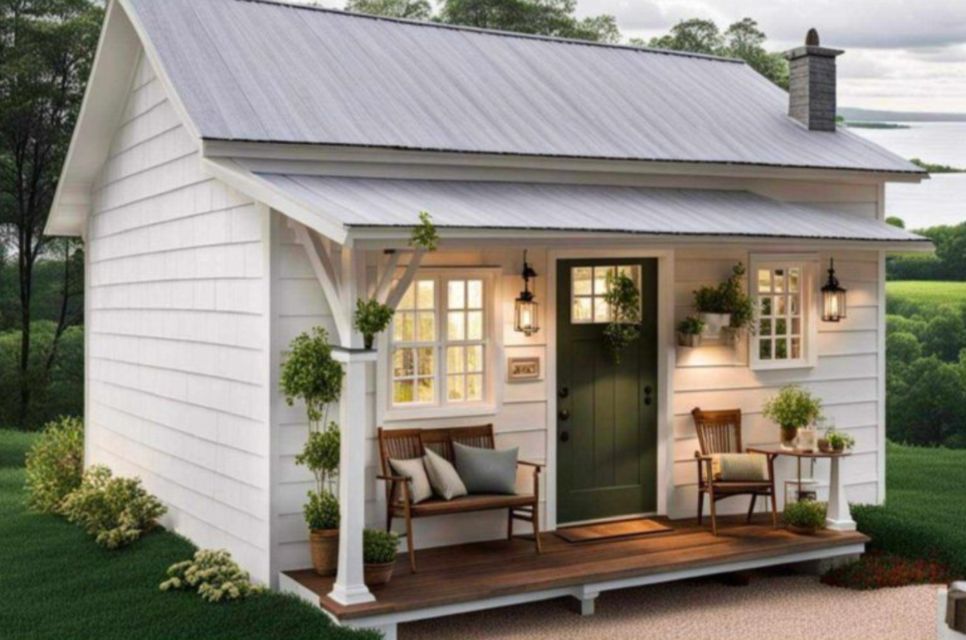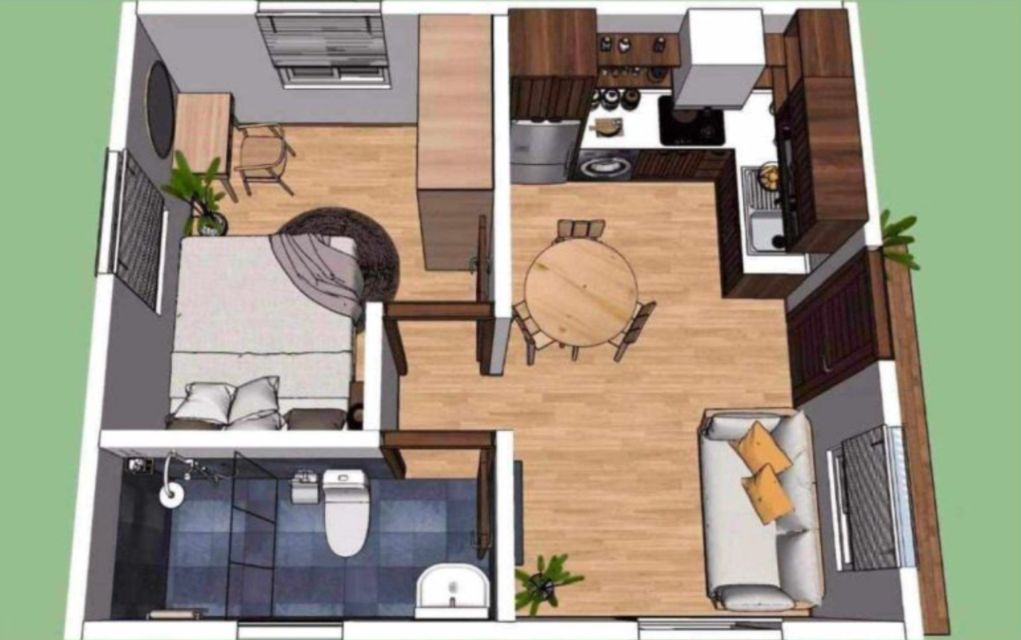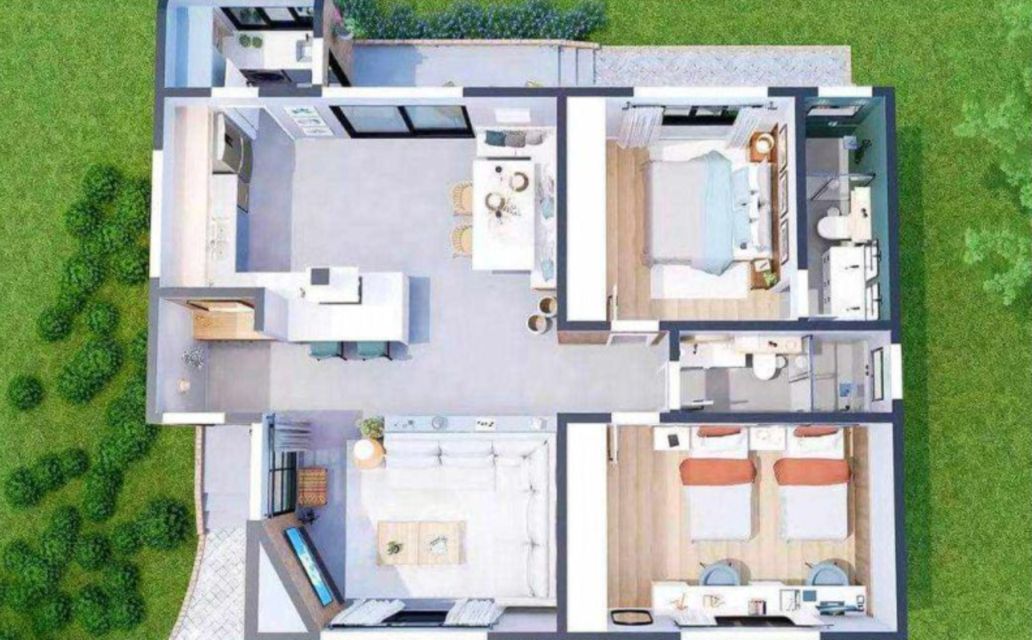How to Build a Tiny Home from Scratch: A Step-by-Step Guide
Building a tiny home from scratch is an exciting and rewarding journey that offers you the freedom to customize your living space and live more sustainably. Whether you’re using a DIY tiny house kit or starting from the ground up, the process involves careful planning, smart material choices, and efficient space utilization. In this guide, we’ll walk you through the essential steps to help you create your own tiny home.

1. Plan Your Tiny Home
Before grabbing tools or buying materials, the first and most important step is planning. Start by sketching your design or using an online floor planner to visualize your tiny house layout. Think about your daily needs—where will the bed, kitchen, bathroom, and storage go? Ensure your design reflects your lifestyle and how you intend to use the space.

Key considerations in the planning phase:
- Maximum size of your tiny home based on local regulations
- Utility access (water, electricity, and waste disposal)
- Budget for materials and tools
- Your DIY skills or if you will hire professionals for certain tasks


2. Choose a Building Method
There are two popular ways to build a tiny home: either from scratch or using a DIY tiny house kit. A tiny home kit provides pre-cut materials and instructions, making the process easier for first-time builders. On the other hand, building from scratch gives you full creative control but may take longer and require more tools.
- Tiny Home Kits: These include everything from the framing to the roof and can save time and effort. They are ideal if you want to streamline the process.
- Scratch Build: For those who want complete customization, sourcing your own materials and doing all the work yourself is a good option. You will have to gather tools and materials independently.

3. Foundation Options for Your Tiny Home
Deciding on a foundation depends on whether your tiny house will be stationary or mobile.
- Stationary Tiny Home: Concrete slabs or piers are common for fixed tiny houses, providing a stable and durable base.
- Mobile Tiny Home: Building your tiny house on a trailer offers flexibility and mobility. Ensure the trailer is rated for the weight of the structure and has the necessary permits.


4. Framing the Structure
Once your foundation is in place, the next step is to frame your tiny house. Start by building the floor frame, followed by the walls, and finally, the roof. Use high-quality lumber to ensure durability.
- Use insulation materials that fit between the framing to maintain comfortable temperatures year-round.
- Ensure that the windows and doors fit securely and are energy-efficient.
5. Electrical and Plumbing Installation
For those planning to install electricity and plumbing, it’s essential to decide early on how you will connect to utilities. Some builders opt for solar power and rainwater collection systems for off-grid living, while others may tie into city services.
- Run electrical wiring before insulating and covering walls.
- Plan for plumbing lines to be laid out early, ensuring proper water supply and drainage.
6. Interior Finishing and Decoration
Once the walls are insulated and drywalled, it’s time to finish the interior of your tiny home. Use space-saving furniture, such as foldable tables and built-in storage units, to maximize space. Flooring, painting, and installing cabinetry come next.
- Choose light colors and multi-functional furniture to make the small space feel more open.
- Add personal touches with art, plants, and accessories that make the tiny house feel like home.
7. Inspections and Permits
Before moving in, it’s essential to schedule inspections (if required by local law) to ensure your tiny home is safe and up to code. This might include electrical, plumbing, and structural inspections.
Building a tiny home from scratch can be both a challenging and fulfilling experience. With the right planning, materials, and building approach, you can create a custom living space that reflects your values and lifestyle. Whether you choose a tiny home kit or build entirely from scratch, the result will be a cozy, efficient, and sustainable place to call home.








